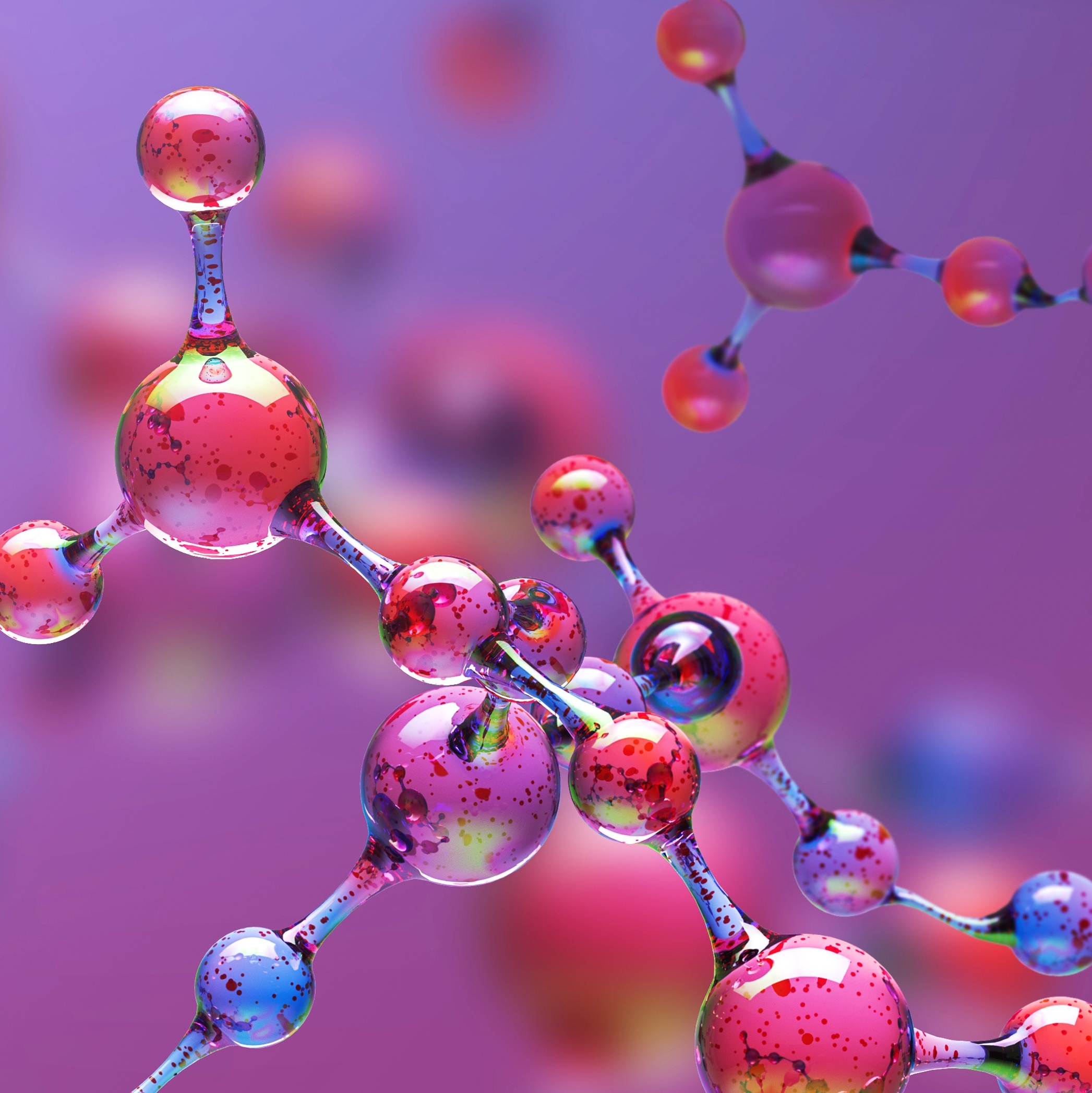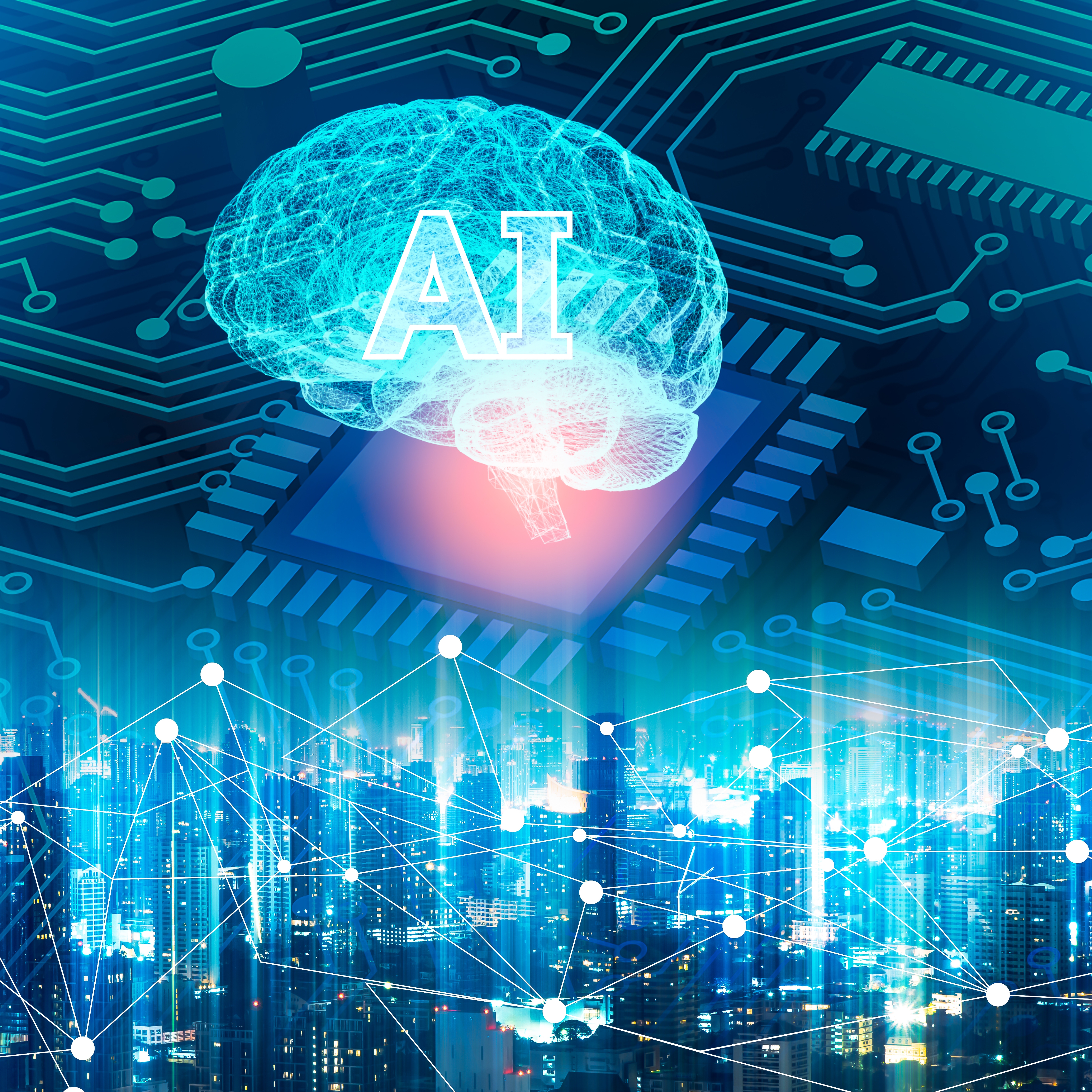Diamond-based Quantum Computing and Quantum Algorithms for various Platforms
In the field of quantum computing, we engage in software hardware co-design and develop algorithms specifically for various hardware platforms and applications.
Quantum computing hardware
We are developing semiconductor processes for quantum technologies and driving the creation of nitrogen vacancy centers for spin-based quantum computing.
- Low-noise electronics
- Quantum devices based on diamond
- Characterization of diamond components
- Integration and control of diamond-based quantum devices
Quantum computing software
We are developing application-oriented quantum algorithms in a software-hardware co-design approach for various hardware platforms.
- Tools for characterization
- Quantum control software
- Example algorithms for use cases on innovative hardware platforms
- Algorithm development for applications in optimization, simulation and machine learning
- Quantum error correction
 Fraunhofer Institute for Applied Solid State Physics IAF
Fraunhofer Institute for Applied Solid State Physics IAF





